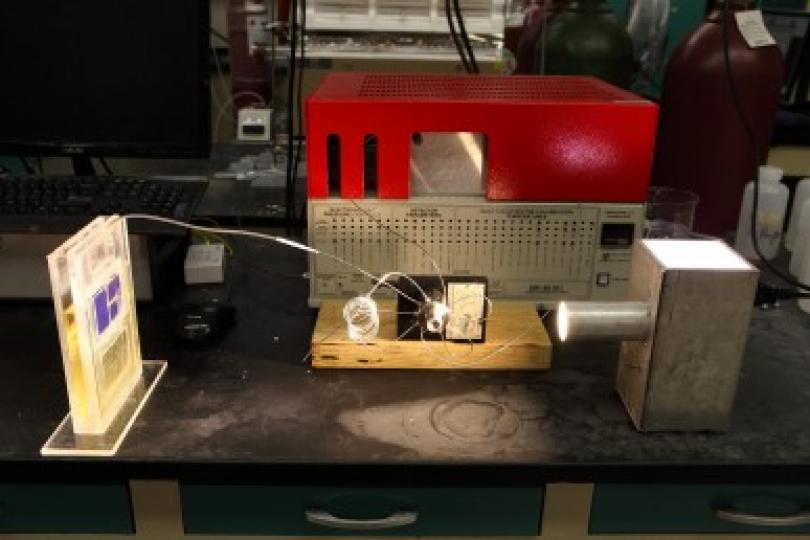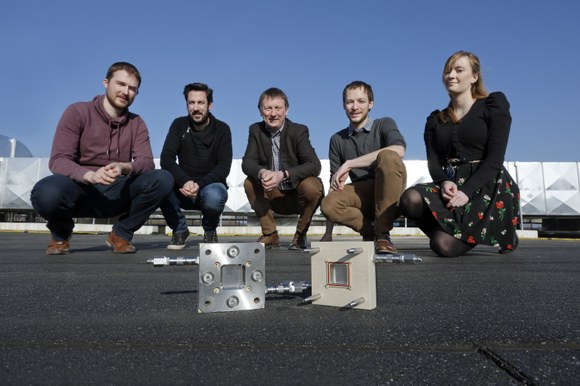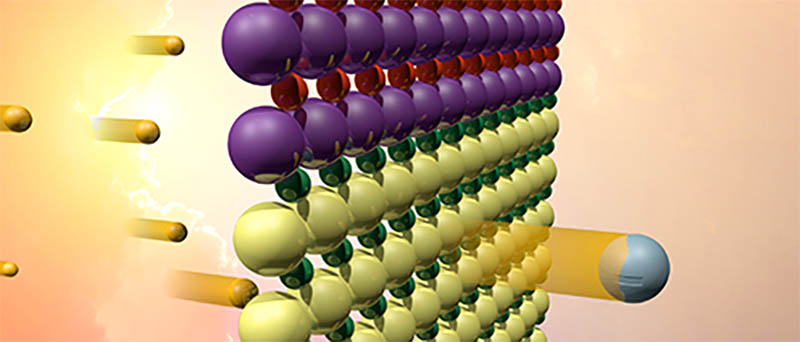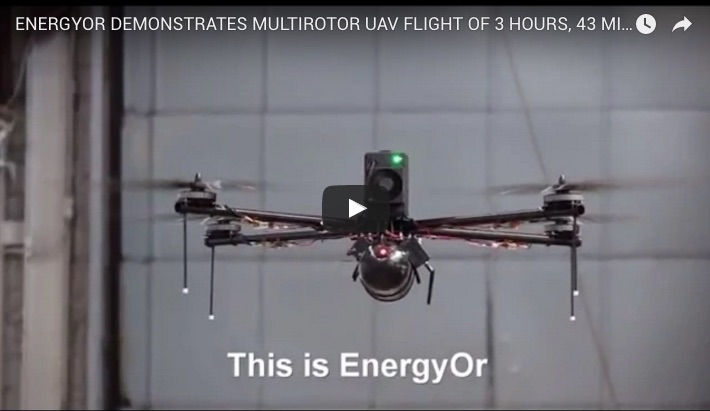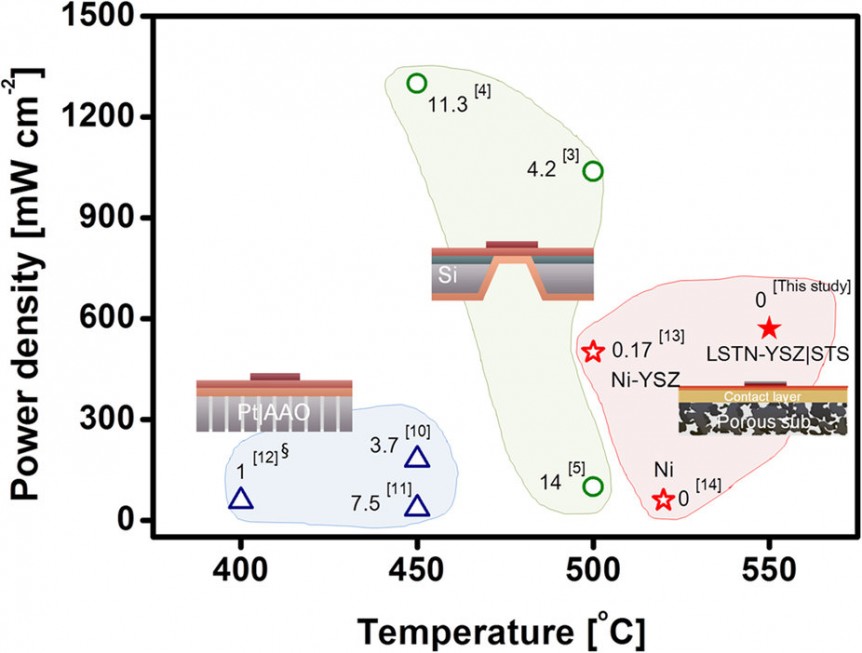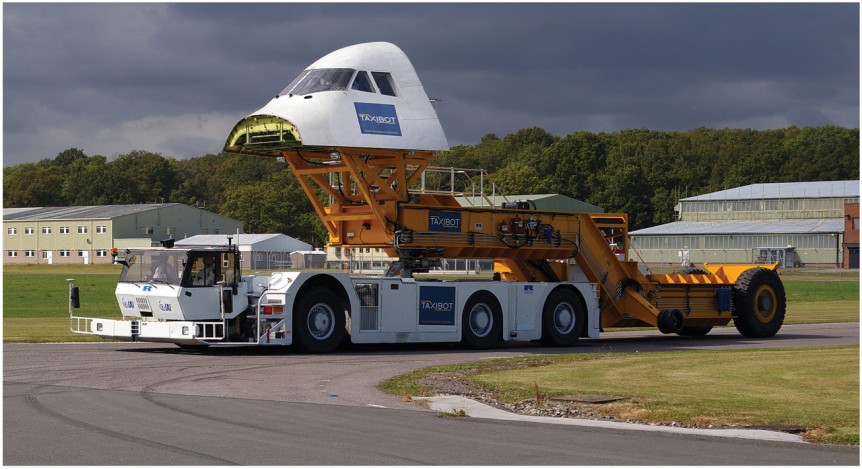Two major types of fuel cells vie for vehicle designers’ attention: PEM, or proton exchange membrane types, and solid oxide fuels cells (SOFCs). PEMs (also known as polymer electrolyte membrane fuel cells) require an expensive catalyst such as platinum, and hydrogen as fuel. Hydrogen itself is costly to produce and runs up the operating cost for such a fuel cell. Nissan Motor Co., Ltd. timed things to coincide with the 2016 Olympics opening in Rio de Janeiro, Brazil for the introduction of their solid oxide fuel cell vehicle, a van that runs on bio-ethanol electric power. Nissan’s Carlos Ghosn claims this to be a first, with benefits for potential users. “The e-Bio Fuel-Cell offers eco-friendly transportation and creates opportunities for regional energy production…all the while supporting the existing infrastructure. In the future, the e-Bio Fuel-Cell will become even more user-friendly. Ethanol-blended water is easier and safer to handle than most other fuels. Without the need to create new infrastructure, it …
Photosynthesis Directly Makes Fuel
That’s what photosynthesis does in leaves – creates fuel in the form of plant sugars that flow into the plant to which the leaf is attached. One of the main quibbles about trying to convert solar energy to usable fuel is the usual multi-step process involved. Researchers at the University of Illinois at Chicago have made a major advance in creating a solar cell that captures carbon dioxide (CO2) and uses sunlight to make a synthetic gas that can be burned as fuel. Scientists rarely use hyperbolic terms such as “extraordinary” in their findings. According to Amin Salehi-Khojin, assistant professor of mechanical and industrial engineering at UIC, “What we needed was a new family of chemicals with extraordinary properties.” They may have found that family, but their discovery is buried in the less grandiose phrasing of their paper’s abstract in the July 29 issue of Science. “Small and salty CO2 reduction scheme” That might sound like part of the secret …
Roof Top Hydrogen-Generating Solar Cells for Vehicles
Students at the University of Leuven, the Netherlands, have won the first Energy Award, sponsored by Febeliec – the association of industrial energy consumers, a Belgian trade association. Their miniature solar panel produces hydrogen gas when exposed to sunlight, not unlike “artificial leaves” of other researchers. The bioscience engineers crafted a small square panel that can be mounted to rooftops, including those of cars, to convert water vapor in the air to H2 that could feed fuel cells in the building or vehicle. This could also reduce CO2 “on a large scale to convert it into useful substances,” according to the team of young scientists. Generating electricity and producing hydrogen at the same time is a neat trick, but the roughly foot-square generators could be combined with more conventional solar cells to provide both electricity for immediate use and H2 to be stored for use on demand. This coexistence concept would help overcome the relatively low output for the current …
Bouncing Light Around Between Electrons and Holes
Bob Elliott of the comedy team Bob and Ray died February 3, reminding your editor of one of the many routines Elliott and Ray Goulding performed on live radio. It involved an inventor who had perfected a solar panel that could run the lights in your house all day, but couldn’t keep them going at night when they were really needed. That was over 50 years ago, and investigators at the Pacific Northwest National Laboratory, Argonne National Laboratory, SuperSTEM, and the University of Oxford have come up with a possible solution to Bob and Ray’s quandary. Combining two oxides, one containing strontium and titanium (SrTiO3) and the other lanthanum and chromium (LaCrO3), they came up with a material that uses the interface between the two oxides to absorb visible light and produce electrons (negative charges) and holes (positive charges), which might be “useful for catalyzing reactions, such as producing hydrogen fuel.” The oxides have to be kept apart, though, because otherwise, “they …
EnergyOr Ups the Ante for Endurance
Staying airborne for more than an hour or two might seem like a huge leap for battery-powered electric aircraft. Inspired designers like Eric Raymond have been able to use solar cells to extend their flights to near-perpetual states. A large craft like Solar Impulse 2 remains in flight for up to five successive days and nights only through careful energy management and flight planning. Researchers are looking at hydrogen fuel cells as an alternative to batteries, with the hopes of achieving greater endurance. One company, EnergyOr, has developed two still small fuel cells to power their rotary- and fixed-wing drones, setting several records in the process. With payloads and maximum takeoff weights that enable carrying a 4K camera or large hydrogen tanks for long range flights, EnergyOr’s aircraft have demonstrated their abilities. The small experimental fuel cell described in our last entry is good news for small-scale drones – until the researchers scale things up to suit larger applications. Their …
Fuel Cells for Drones: Going for Endurance
Several fuel cell developments show there are lots of options for burning hydrogen, if we can only make and distribute it in great enough quantities. Most noteworthy, fuel cells could provide increased endurance and range compared to batteries. Professor Gyeong Man Choi and his Ph.D. student Jun Joong Kim, working at the Pohang University of Science & Technology (POSTECH) in South Korea, have developed a miniaturized solid oxide fuel cell (SOFC) that can fly a drone for more than an hour. On the consumer front, their fuel cell would allow cell phones to be charged just once a week. The professor and his students created the fuel cell to directly replace the batteries normally found in cell phones, laptop computers, and drones. Their third generation SOFC “has been highly evaluated” because it is not restricted to smaller forms, but could be scaled to larger capacities “that can be used for a vehicle.” The fuel cell has a simple structure and …
Little Green Beads to Power Your UAV or Ultralight
January 19 marked the first flight by a Raptor UAS drone using pelletized hydrogen to power a fuel cell that generates electricity and makes the propeller turn. Energy Pellets Cella Energy, a Scottish-based enterprise, is now producing small quantities of their little green beads (just in time for Mardi Gras), filled with solid-state hydrogen. Claimed to have “two or three times” the energy per weight of the best of lithium-ion batteries, Cella’s pellets are designed to enable low-pressure transportation of hydrogen in a form that allows fueling to take place with a bit of magic sleight of hand. Looking like miniature green dumplings, Cella’s mix of plastic and encapsulated hydrogen has the advantage of using existing infrastructure, “with minimal alterations.” Think of the pellets as a dumpling with a hydrogen filling which can be repeatedly extracted and refilled. How many refillings is not stated at this time. Recycled Energy The pellets release their hydrogen into a fuel cell when they are …
Fuel Cells for Taxiing
What seemed like an easy transition a few years ago has been delayed by one developer. “Safran and Honeywell have delayed by two years the planned entry into service of their electric green taxiing system (EGTS), a device designed to enable an airplane to taxi with its engines shut down. Aviation International News (AIN) quoted a spokesperson as saying, “The team is still working on the program with a goal of certification in 2018 and entry into service shortly after.” The system uses motors on the main gear to enable taxiing under power. One of several competing systems, WheelTug, has motors on the nose gear only. Wheeltug uses a Boeing 737-800 as a testbed for the certification program. A United States company with manufacturing apparently based in Gibraltar, WheelTug claims orders for 985 systems by 22 airlines. Another system, TaxiBot, was developed by Israel Aerospace Industries in cooperation with France’s TLD, Germany’s LufthansaLEOS, the ground-handling component of the airline. The …
Turbocharged Fuel Cells
The Engineer, a British publication, reports on a turbocharger for fuel cells. Because a fuel cell is a cross between a combustion engine and an electric motor, the concept of pushing extra air through the fuel cell to increase power is similar to that of turbocharging a regular two- or four-stroke engine. The publication says this could double the output of a hydrogen fuel cell. Like other combustion engines, a fuel cell can be limited by the airflow entering, that supply limiting their ability to release positively-charged hydrogen ions. Bryn Richards, CEO of Aeristech, explains, “Our proprietary high speed motor and control technology allows us to deliver air at a much higher pressure [than existing systems]. No other motor control arrangement is able to deliver at this pressure with such a high efficiency.” Without a lot of detailed information from Aeristech, The Engineer suggests the system uses a “sophisticated control system capable of maintaining a very consisten torque output. This …
The HY4 Will Be Part of a Bigger Plan
As part of a planned network of hydrogen-fueled Air Taxis, DLR’s HY4 four-seat airplane will initially land at one of 60 fields in Germany outfitted to supply its unique needs. These fields will have hydrogen storage and fueling systems for ground transportation, making for a large web of clean transportation by air and land. With various car manufacturers promoting their hydrogen vehicles, it would be easy to see hydrogen aircraft landing, passengers departing in H2-powered cars, and even hardy explorers pedaling to and from the airport on their H2 bikes. One bicycle maker is planning to be part of the 60-airport plan. The Linde Group showed off its innovative pedelec (“pedal electric cycle”) this week. Instead of a battery, it gets power assistance from a compact fuel cell which generates electric power from hydrogen and oxygen taken from the surrounding air. The “highly efficient and zero-emissions drive system supports assisted pedaling over a range in excess of 100 kilometers with …


